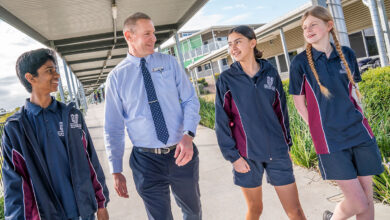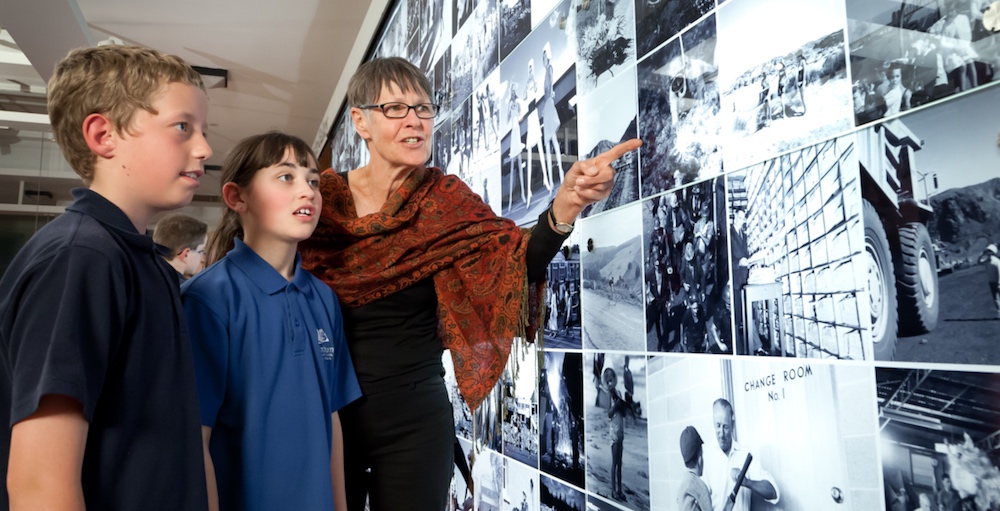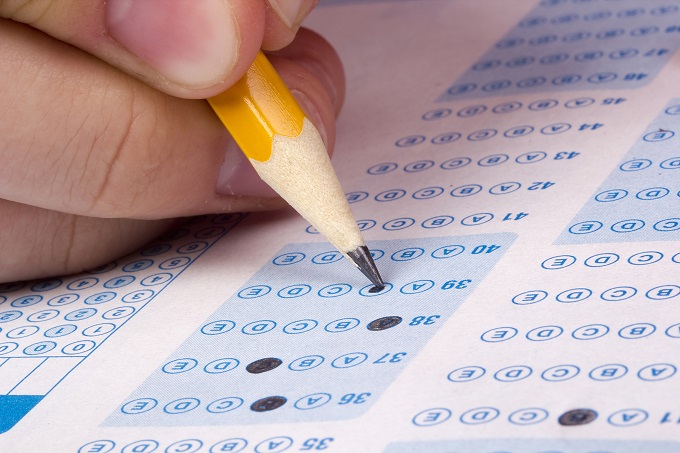Youth anxiety and depression are at record levels. Mental health hubs could be the answer
The COVID pandemic has shone a light on the ongoing decline in young people’s mental health.

Psychologists have warned if we don’t start to address the mental health emergency of young people’s anxiety and depression, it may become a “trans-generational disaster”.
Paediatricians have said they are seeing growing numbers of young people coming to the emergency room because of a lack of other treatment options.
In an effort to address the rising rates of anxiety and depression in children, Victoria trialled mental well-being coordinators in ten schools last year. The initiative is now expanding to 26 primary schools in 2021.
Meanwhile, the royal commission into Victoria’s mental health system has recommended youth mental health hubs, some of which will soon be rolled out in priority areas across the state.
Developing specialist youth mental health hubs is one of several strategies also suggested by the Australian Psychological Society to the federal government in a recent budget submission.
So, what are youth mental health hubs, and will they work to stem the tide of mental health issues young people are experiencing?
Everything in one place
Australia’s National Strategy for Young Australians defines youth as young people between 12-24 years of age. Evidence shows half of mental disorders first emerge by the age of 14, and 75% by the age of 24.
Left untreated, these mental health problems have high rates of recurrence and cause negative outcomes for the individual, including reduced economic productivity, as well as social costs.
Youth mental health hubs provide mental health and social services in one location. This is partly because a range of risk behaviours come with mental health difficulties including tobacco, drug and alcohol use, sexual risk taking, reduced levels of physical activity and poor nutrition. Evidence also suggests young people prefer to have their needs met in one place, rather than across a number of locations and will then be more likely to seek help when they need it.
Youth hubs should therefore have a range of specialists on site, such as trained mental health clinicians, sexual health support counsellors and psychiatrists.
Young people also want and need access to mental health information and resources. So a youth hub should be a safe place for young people to get the information they need.
Youth hubs would be connected physically and/or in partnership with schools, community organisations (such as homelessness services) and with medical specialists.
They are ideally co-designed by experts and youth with lived experience, on equal grounds. Ideally, the hubs are a youth friendly, one-stop-shop for support ranging from referrals, assessment, therapies and intervention.
Don’t we already have youth hubs?
Traditionally, mental health services, including some youth services, have not been accessible to a range of youth needs, instead targeting children or adults. Others are geared towards specific certain types of conditions.
In Australia there are two youth-specific hubs: Orygen and Headspace.
Orygen is co-designed with young people. But it specialises in youth who have had an episode of psychosis, mood disorders, emerging borderline personality disorder, and youth at high risk for a psychotic disorder.
Headspace centres provide early intervention mental health services to 12-25 year olds. The service was created to provide youth with holistic mental health support. But there are shortcomings with the model. It has been described by some experts as not being able to support some youth with complex presentations such as those with personality disorders, schizophrenia and/or substance abuse issues.
Many other services restrict youth access to support depending on age, diagnosis or additional illness.
Youth engagement in non-youth focused specific services is low, and transitioning youth between and across services is often unsuccessful.
Young people also prefer services that include young people as staff members, which is not common in traditional mental health support. Youth participation as staff was found in only just over half of the mental health services available in Australia.

So, what is the ideal youth hub?
There are youth hubs available across the world, including in Ireland, New Zealand, UK, Canada, France and Australia. All of these provide different services and care. However none provide a single example of best practice yet.
Key elements of youth mental health hubs identified in the World Health Organisation framework include:
-
a co-designed youth-focused approach that is flexible and adapted to youth’s changing mental health needs
-
an accessible, central location (close to shops or transport), with extended spread of opening hours as well as opportunity for self-referral and drop-in services
-
a place that responds to all young people quickly
-
youth working in the hub
-
services and support types personalised as needed by the context.
Research also suggests the hubs should be an informal space, as opposed to clinical looking, such as a shop front or café design. They should also:
-
provide recreational or arts activities, as well as a hang-out space
-
be included and known by the community
-
keep ongoing evaluation of the services provided and provide feedback back to young people.
Keeping all services in one location works well, but it doesn’t necessarily mean a coordinated, collaborative approach to care is provided. Some hubs may house a range of services in one spot but continue to work in a separated way. This defeats the purpose of coordinated care.
We need better investment to improve current hubs or co-design new ones to enact the WHO guidelines of best practice. This is critical to ensuring more young people access the care they need, for the success of current and future generations.![]()







